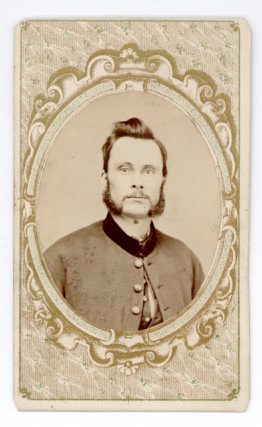In March of 1865, President Abraham Lincoln signed a bill establishing the National Asylum (later renamed National Home) of Disabled Volunteer Soldiers into legislation, just three months before his assassination. Due to the severe impact of the Civil War, the idea of homes for disabled veterans had begun gaining favor in Congress. The war had a severe impact on the population of young men in the United States, with approximately two percent of the US population losing their lives and thousands of soldiers returning home injured.

After the bill establishing the National Home was signed into law, the federal government began selecting locations for branches.… Read More



